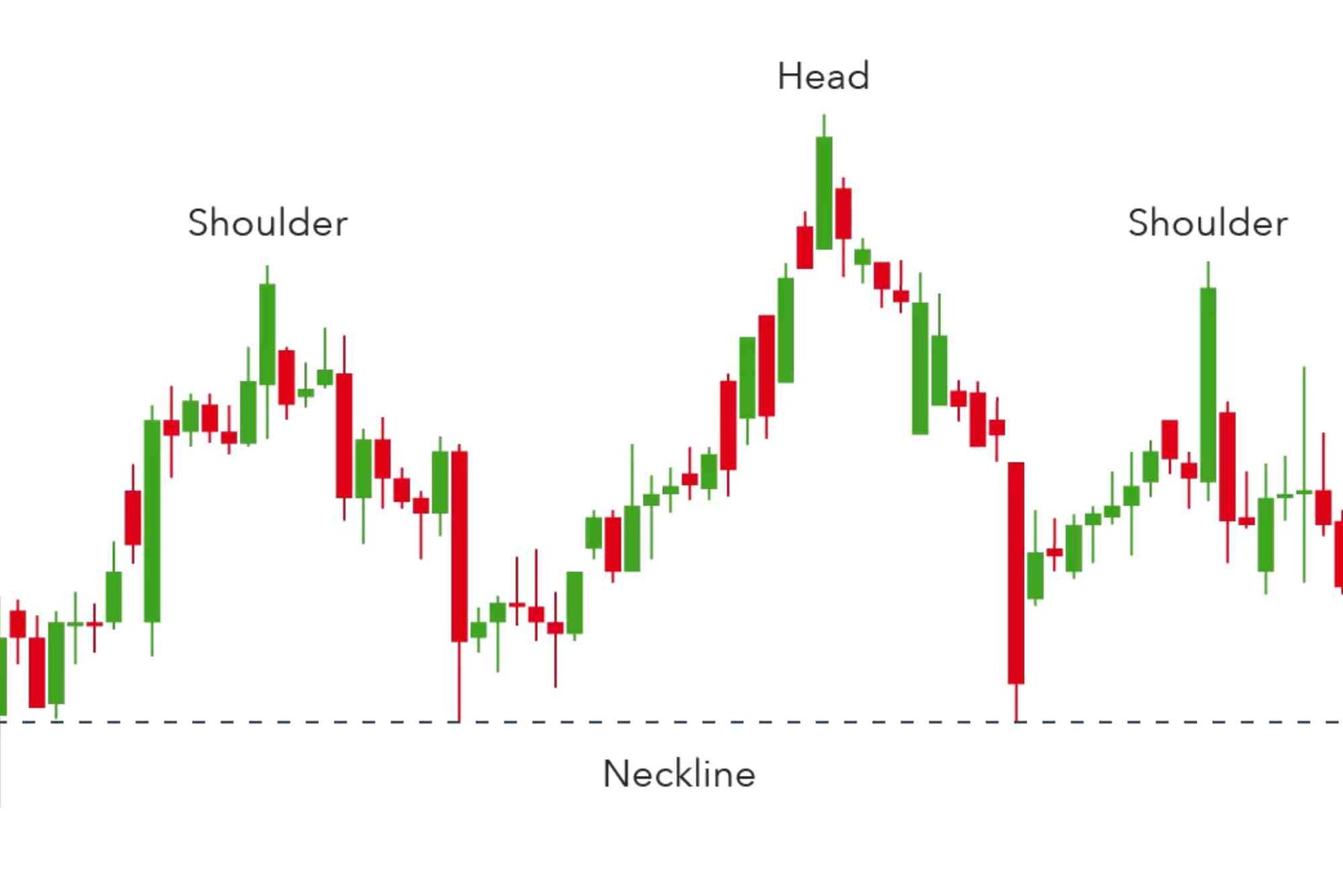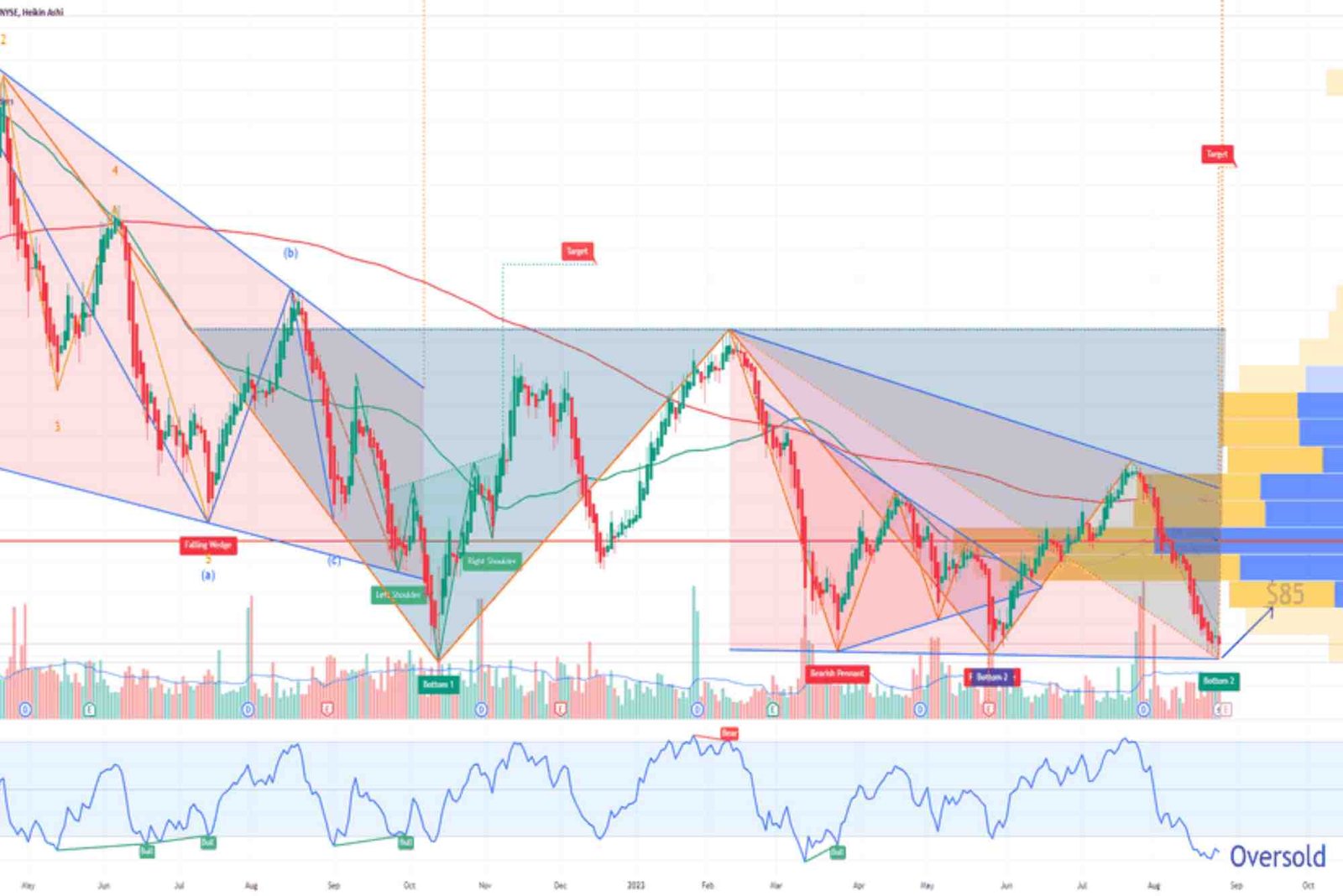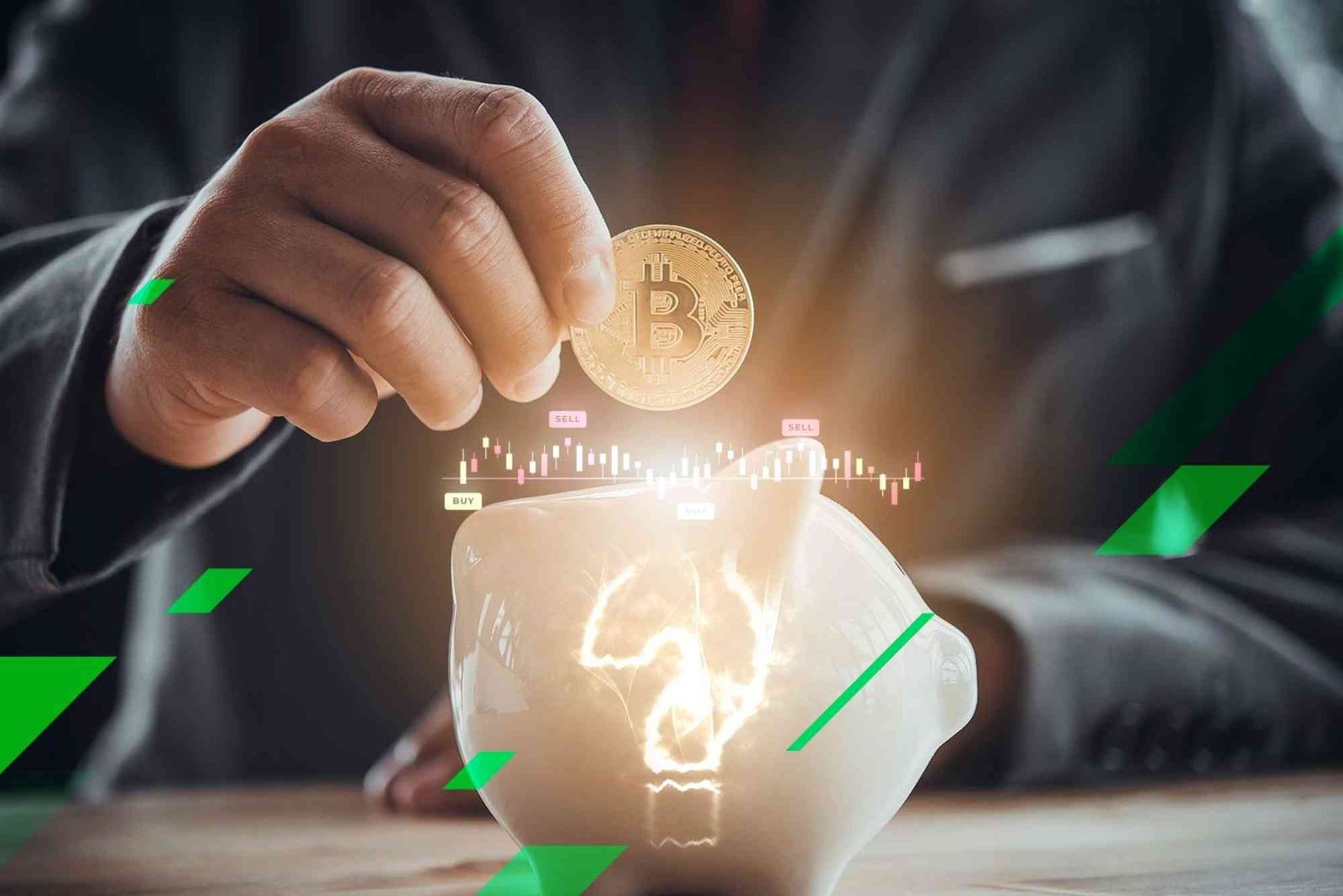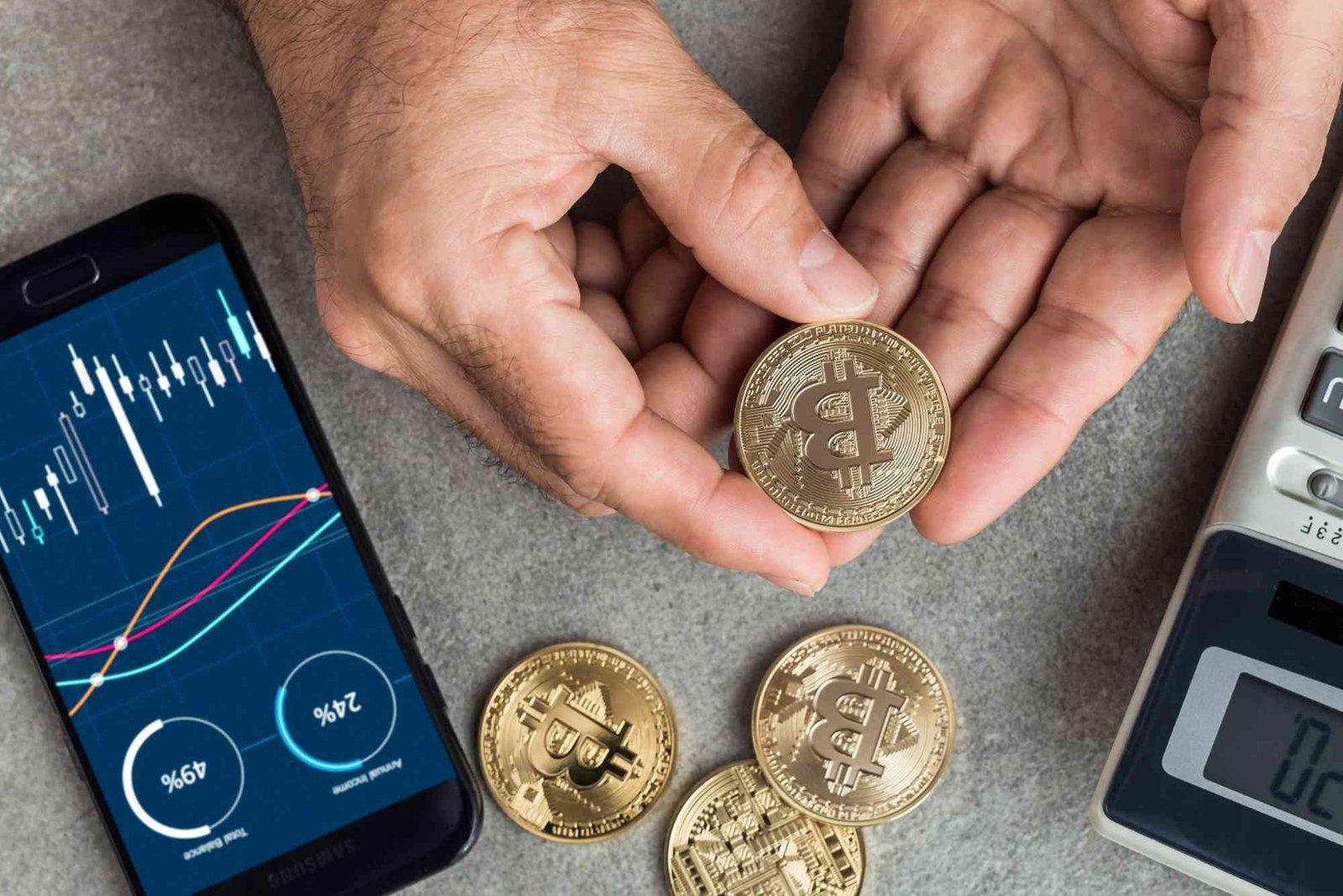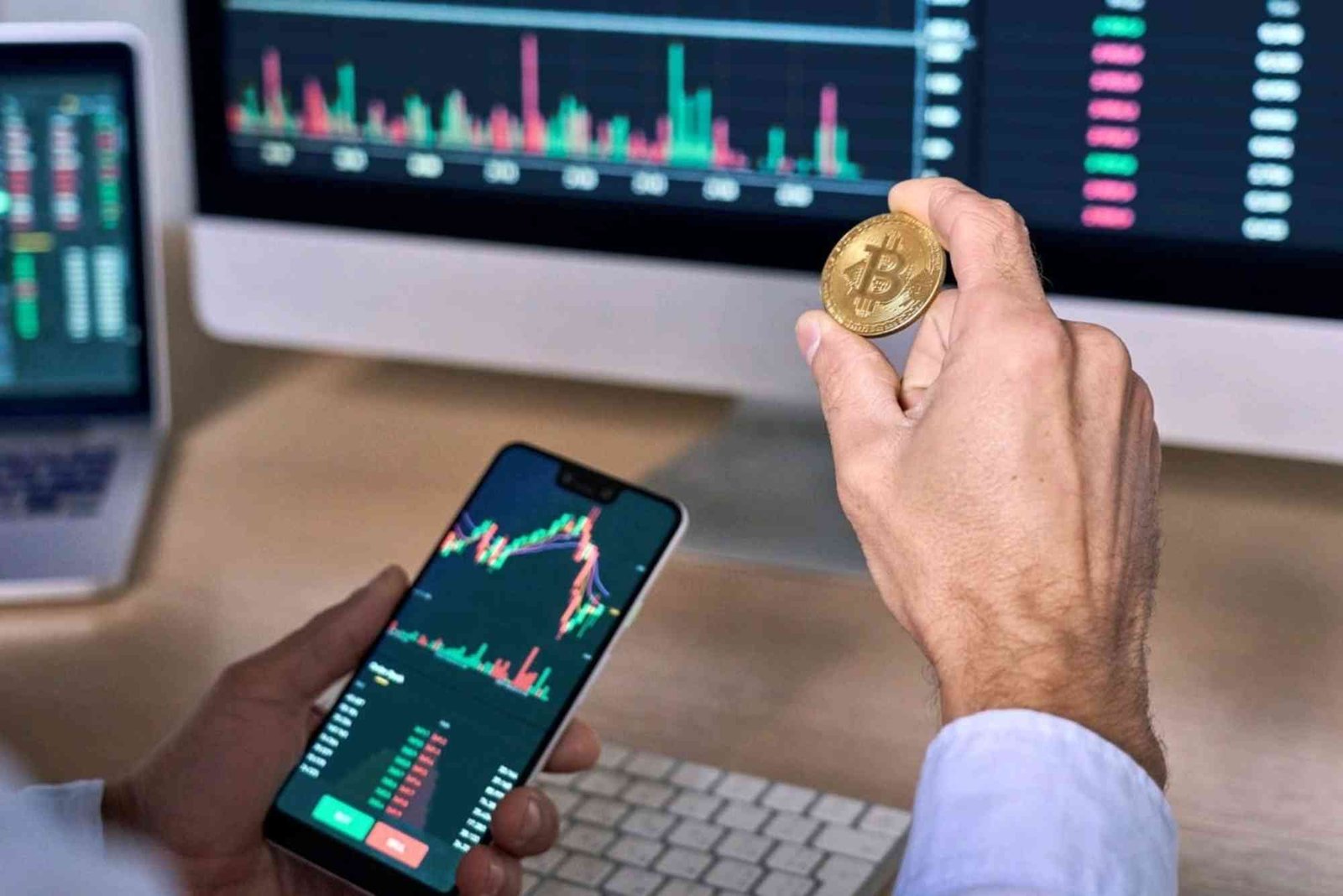Introduction
If you’ve been wondering how to get Bitcoins step by step, you’re not alone. Bitcoin is one of the most talked-about digital currencies in the world, offering new possibilities for investment, payments, and financial independence. Whether you’re a beginner or just looking to refine your approach, understanding the process of getting Bitcoins safely and efficiently is essential. This complete guide will take you through every stage—from preparation to acquisition and storage—so you can start your crypto journey with confidence.
Understanding Bitcoin and Why It Matters
Before diving into how to get Bitcoins, it’s important to understand what Bitcoin actually is. Bitcoin is a decentralized digital currency that operates without banks or governments. It allows people to send and receive money online securely using blockchain technology. Each Bitcoin transaction is recorded on a public ledger, ensuring transparency and trust.
Bitcoin is valuable because of its limited supply (only 21 million coins will ever exist) and growing demand. Many investors view it as digital gold—a hedge against inflation and a long-term store of value. Businesses worldwide are also beginning to accept Bitcoin payments, making it both a financial asset and a functional currency.
Setting Up a Secure Bitcoin Wallet
The first step in learning how to get Bitcoins is to set up a secure wallet. A Bitcoin wallet is like a digital bank account where you can store, send, and receive Bitcoins. There are several types of wallets to choose from:
Software Wallets
These are apps or programs that you can install on your phone or computer. They are convenient for daily transactions but must be protected with strong passwords and two-factor authentication.
Hardware Wallets
Hardware wallets are physical devices that store your Bitcoin offline. They are the safest option for long-term storage because they are immune to online hacking attempts.
Web Wallets
Web wallets are offered by exchanges or third-party providers. They are easy to set up and use but are less secure than hardware wallets because they remain connected to the internet.
When choosing a wallet, prioritize security, reputation, and ease of use. Always back up your wallet and keep your private keys offline in a safe location.
Choosing a Reliable Bitcoin Exchange
Once you have your wallet, the next step is finding a trustworthy exchange where you can buy Bitcoin. A Bitcoin exchange is a platform that lets you trade your local currency for Bitcoins. Some popular global exchanges include Coinbase, Binance, and Kraken.
Before choosing an exchange, consider these factors:
-
Security: Look for platforms with strong encryption, two-factor authentication, and insurance policies.
-
Fees: Compare transaction and withdrawal fees to ensure cost-effective trading.
-
Ease of Use: If you’re a beginner, pick an exchange with a user-friendly interface.
-
Reputation: Read online reviews and check regulatory compliance before signing up.
After choosing your exchange, register and verify your identity by providing identification documents. This step is essential to comply with international financial regulations.
Funding Your Account
To buy Bitcoin, you’ll need to deposit money into your exchange account. Most platforms accept bank transfers, credit/debit cards, or digital payment systems. Choose the method that offers the best balance of speed, cost, and security.
Bank transfers often have the lowest fees, while credit card purchases are instant but can include higher charges. Always use your own verified payment methods to avoid fraud or account freezes.
Buying Bitcoin
Now comes the exciting part—actually buying your first Bitcoin. After funding your exchange account, navigate to the Bitcoin trading section. You can choose between two common order types:
-
Market Order: This buys Bitcoin instantly at the current market price.
-
Limit Order: This lets you set a price you’re willing to pay, and the trade executes when the market hits that level.
For beginners, a market order is simpler and faster. You can buy a full Bitcoin or a fraction, since Bitcoin is divisible into smaller units called satoshis.
Transferring Bitcoin to Your Wallet
After purchasing Bitcoin, transfer it from the exchange to your personal wallet. Keeping your funds in an exchange exposes you to hacking risks or system failures. To transfer your Bitcoin, copy your wallet’s public address, paste it into the exchange’s withdrawal section, and confirm the transaction.
Always double-check the address before sending—crypto transactions are irreversible. Depending on network congestion, your Bitcoin may take a few minutes to an hour to appear in your wallet.
Securing Your Bitcoin
Once you have your Bitcoins, security should be your top priority. Use these essential steps to protect your digital assets:
-
Enable two-factor authentication on all your accounts.
-
Keep private keys offline in cold storage.
-
Use strong, unique passwords for each crypto-related platform.
-
Regularly update your wallet software to prevent vulnerabilities.
-
Consider hardware wallets for storing large amounts.
Learning How To Get Tips for maintaining security can help you stay ahead of online threats. You can find more about this process at this detailed guide.
Monitoring and Managing Your Bitcoin Investment
After you’ve learned how to get Bitcoins step by step, the next stage is managing your holdings wisely. Bitcoin prices are volatile, and the market can change quickly. Keep track of market trends, use crypto portfolio apps, and set price alerts.
Consider diversifying your investments to reduce risk. You can trade part of your holdings for other cryptocurrencies or use stablecoins to protect against sharp declines. Also, stay informed by reading trusted crypto news sources and joining reputable online communities.
Using Bitcoin in Everyday Life
Now that you own Bitcoin, you can use it for various purposes. Many online stores and service providers accept Bitcoin payments. You can also send Bitcoin to friends or family or donate to charitable causes.
Some investors choose to hold Bitcoin long-term, hoping for price appreciation. Others prefer trading or earning interest through crypto lending platforms. Whatever your goal, make sure you understand the risks and comply with local regulations.
Common Mistakes to Avoid When Getting Bitcoin
Even experienced users can make costly mistakes when learning how to get Bitcoins. Here are a few to avoid:
-
Falling for scams promising high returns. Always verify platforms before investing.
-
Losing private keys. Without them, you lose access to your funds forever.
-
Using public Wi-Fi for transactions. This can expose your wallet to hackers.
-
Ignoring transaction fees. These vary by exchange and can affect profitability.
-
Investing more than you can afford. Bitcoin’s volatility means prices can drop suddenly.
Avoiding these pitfalls will help you achieve the best results in your Bitcoin journey. For further reading, check the How To Get Bitcoins Guide for practical insights and strategies.
Understanding Taxes and Legal Aspects
Depending on where you live, Bitcoin may be subject to taxation. Many countries require you to declare your cryptocurrency holdings and report capital gains. Keep detailed records of every purchase, sale, and transfer.
Consult a tax professional who understands crypto regulations in your region. Failing to report crypto income can lead to fines or penalties. Staying compliant not only protects you legally but also builds credibility as a responsible investor.
Staying Informed and Continuing Education
The world of cryptocurrency is constantly evolving. New trends, technologies, and regulations appear frequently. To succeed, you must keep learning. Follow credible crypto analysts, attend webinars, and read educational resources.
Websites like Related article on seriesblogs.com offer valuable updates, investment tips, and tutorials to enhance your understanding. Staying informed helps you make smarter decisions and avoid misinformation.
Take Your First Step Toward Bitcoin Ownership
Getting started with Bitcoin doesn’t have to be overwhelming. By following these steps carefully—choosing a secure wallet, selecting a reputable exchange, and practicing safe storage—you can confidently enter the world of cryptocurrency. Remember, Bitcoin isn’t just a digital asset; it’s a revolutionary financial system offering freedom and opportunity.
If you’re ready to take your first step, visit the full How To Get Bitcoins Guide and begin your journey today. Learn practical techniques, explore advanced strategies, and discover how to make your Bitcoin investments truly work for you.
Frequently Asked Questions
1. What is the easiest way to get Bitcoins?
The easiest way is to sign up for a reputable exchange like Coinbase or Binance, verify your identity, and buy Bitcoin using your preferred payment method.
2. Can I get Bitcoin for free?
Yes, some websites and apps offer small Bitcoin rewards (called “satoshis”) for completing tasks or surveys, but these methods are slow and limited.
3. Is buying Bitcoin safe?
It is safe if you use trusted platforms and secure your wallet properly. Avoid sharing private keys and always enable two-factor authentication.
4. How long does it take to get Bitcoin?
Most transactions complete within minutes to an hour, depending on network congestion and your payment method.
5. Do I need to buy a full Bitcoin?
No. Bitcoin is divisible into smaller units, so you can buy any amount—even as little as $10 worth.







